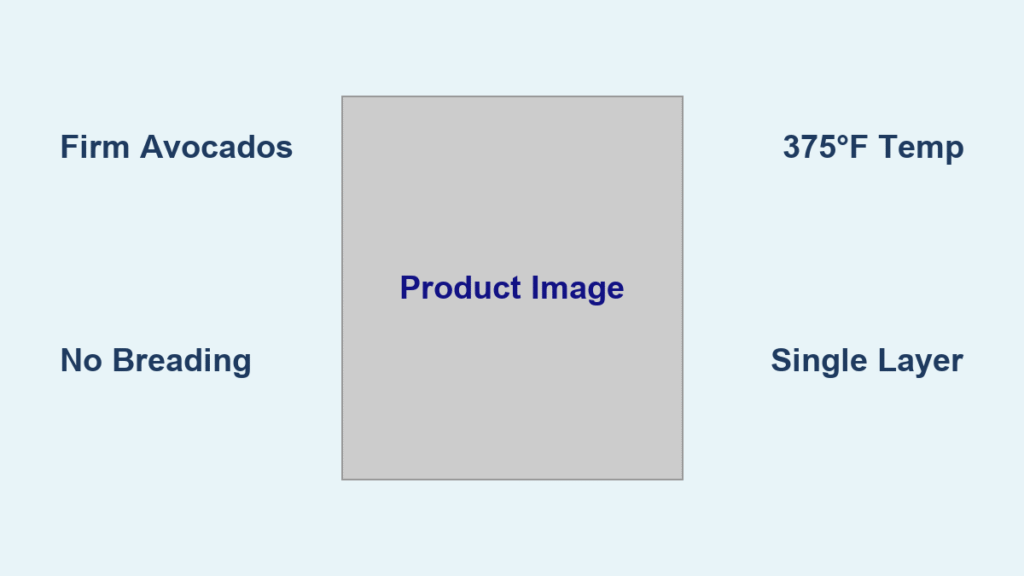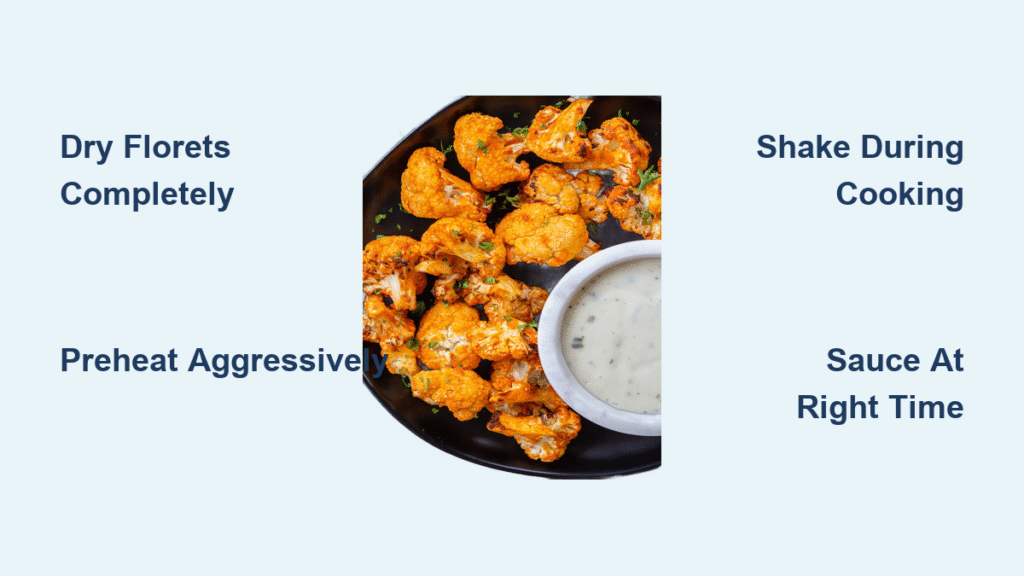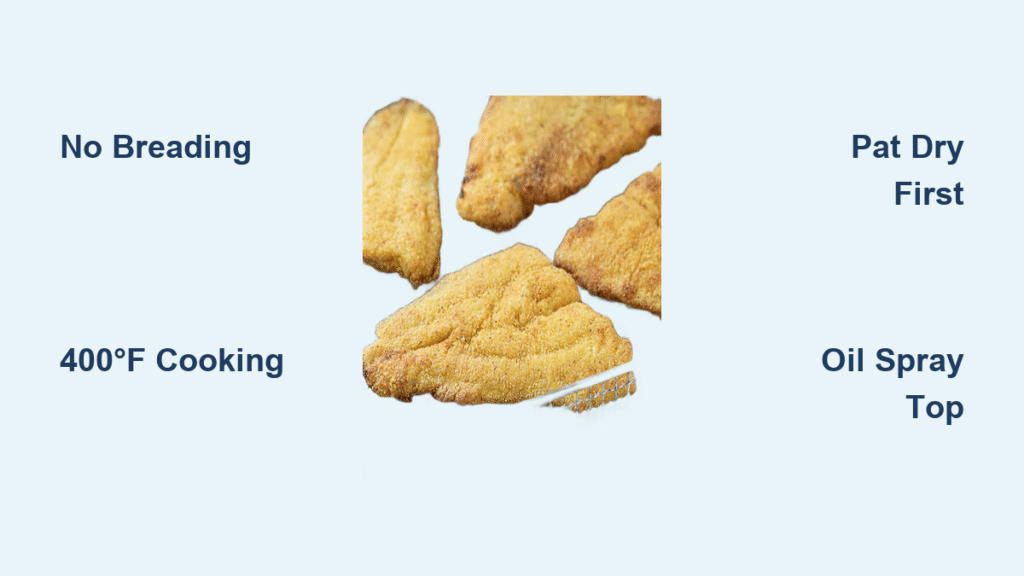Your Philips Air Fryer transforms humble potatoes into golden, crunchy french fries that rival your favorite fast-food joint—all with just one tablespoon of oil. Forget soggy, uneven results: this foolproof recipe delivers restaurant-quality fries with fluffy interiors and shatter-crisp exteriors in exactly 30 minutes. No soaking required, no deep-fryer mess, and each serving stays under 6 grams of total fat. Whether you’re craving a weeknight snack or meal-prepping for busy days, you’ll master crispy fries on the first try.
The magic happens through your Philips Air Fryer’s rapid air circulation technology. Unlike traditional frying that drowns potatoes in oil, this method uses minimal fat while maximizing crispiness. High-starch potatoes like Russets or Maris Pipers are essential—they create that perfect fluffy center while the hot air rapidly dehydrates the surface. You’ll learn why overcrowding is the #1 cause of limp fries, how to shake the basket like a pro, and why salting immediately after cooking makes all the difference. Let’s turn those spuds into perfection.
Why Your Philips Air Fryer Fries Fail (And How to Fix It)
Most home cooks sabotage their air fryer fries before cooking even begins. Using waxy potatoes like Yukon Golds creates dense, gummy results—you need high-starch varieties that release moisture quickly. Skipping preheating causes sticking and pale fries because the cold basket steams instead of crisping. But the deadliest mistake? Overcrowding the basket by more than 30%. When fries overlap, trapped steam softens exteriors, creating soggy patches even if edges look golden.
Fix this in three steps: First, verify your potatoes are floury (Russets are foolproof). Second, always complete the full 3-5 minute preheat cycle until your Philips Air Fryer hits 400°F. Third, load fries in a single layer with visible gaps between strips—like shingles on a roof. Standard 3-4 quart models max out at 1.25 pounds per batch; XL units handle up to 2 pounds. Sacrifice speed for quality: batch cooking beats mushy fries every time.
How to Cut Potatoes for Even Crispness
Uniform 1 cm (⅜ inch) thickness is non-negotiable for consistent results. Thicker cuts stay raw inside; thinner ones burn before crisping. Use a French-fry cutter for speed, or master this knife technique: Slice potatoes lengthwise into ⅜-inch planks, stack 3-4 planks, then cut into even strips. Never skip drying—pat strips thoroughly with paper towels. Surface moisture creates steam during cooking, instantly softening your crust. One damp fry can ruin the whole batch.
The Oil Toss Technique That Prevents Sogginess
Use exactly 1 tablespoon of olive oil for 2.5 pounds of potatoes. More oil pools at the basket’s bottom, frying some fries while others steam. Toss potatoes after oiling: Add strips to a large bowl, drizzle oil, then massage gently for 20 seconds—enough to coat every surface but not bruise the potatoes. Add only half the salt now; the rest goes post-cooking. This initial sprinkle draws out excess moisture during air frying, boosting crispness.
Philips Air Fryer Temperature Settings for Crispy Fries

400°F (200°C) is the critical starting point—any lower and fries steam instead of crisping. Preheat until your Philips Air Fryer’s indicator light confirms full temperature (usually 3-5 minutes). Never load cold potatoes into a preheated basket; the temperature drop causes sticking. Have your seasoned fries ready before preheating completes.
Why Shaking Timing Makes or Breaks Your Fries
Shake precisely at 10-12 minutes—not earlier (fries stick when too moist) or later (browning becomes uneven). Remove the basket completely, then give it 2-3 sharp side-to-side shakes followed by front-to-back. This exposes new surfaces to the heating element without breaking delicate fries. Listen for the sizzle: Properly crisping fries make a gentle crackling sound. If silent, your temperature is too low.
How to Spot Perfect Doneness (Before Overcooking)

Golden edges with darker tips signal readiness—not uniformly brown fries. Test texture at 18 minutes: Press one fry between tongs; it should resist slightly then shatter cleanly. Break open a thick fry—the interior must be steaming hot and fluffy, not translucent. If pale spots remain, blast at 420°F for 2-3 minutes. This final heat surge crisps without burning, but never walk away—fries go from perfect to charred in 60 seconds.
Batch Cooking Secrets for Consistent Results

First batches cook 15% faster since the air fryer chamber stays hot. For subsequent batches, reduce cook time by 2 minutes (e.g., 18-22 minutes instead of 20-25). Keep cooked fries warm on a wire rack in a 200°F oven—not piled in a bowl where steam softens them. Never stack batches in the basket; residual heat continues cooking them.
Reheating Leftovers Without Sacrificing Crisp
Revive cold fries in 3 minutes flat: Set Philips Air Fryer to 380°F, spread leftovers in a single layer, and cook until sizzling resumes. Microwaving creates leathery fries—avoid it. For meal prep, store uncooked, oiled strips submerged in cold water for up to 24 hours. Drain and dry thoroughly before cooking; wet potatoes won’t crisp.
Flavor Variations That Won’t Burn
Add dry seasonings after cooking—spices like paprika or garlic powder scorch at 400°F. Toss hot fries immediately with:
– Cajun Style: ½ tsp cayenne + 1 tsp smoked paprika + salt
– Truffle Parmesan: 1 tbsp grated parmesan + 3 drops truffle oil
– Loaded Fries: Cheese shreds + bacon bits (return to 350°F for 1 minute to melt)
Sweet potatoes need 3-4 fewer minutes—they caramelize faster. Watch for bubbling edges as your cue to check doneness early.
Why This Recipe Beats Deep Frying Nutritionally
Each serving packs 25g complex carbs for steady energy—no blood sugar spikes from fried versions. With just 6g total fat (vs. 15-20g in restaurant fries), you slash calories while keeping fiber-rich skin nutrients intact. The minimal oil preserves heart-healthy monounsaturated fats from olive oil instead of saturated fats from frying oil. Best of all? This recipe is naturally gluten-free, nut-free, and dairy-free—safe for nearly all dietary needs.
Critical Mistakes That Waste Your Potatoes
Skipping the preheat cycle is the #1 culprit behind stuck, pale fries—always wait for the temperature indicator. Cutting potatoes thicker than 1 cm traps steam inside, yielding doughy centers. Salting too early draws out moisture before crisping begins, creating soggy spots. And using a damp towel for drying reintroduces moisture—use fresh paper towels, one strip at a time.
Serve Immediately for Maximum Crisp
Salt the second fries exit the basket—the residual oil acts like glue for seasoning. Toss gently in the air fryer basket itself to distribute evenly. Never plate fries directly; use a wire rack to prevent steam buildup on the bottom. Eat within 5 minutes—air-fried fries lose crispness faster than deep-fried due to less oil retention. If serving a crowd, cook the last batch while others eat the first.
Master this Philips Air Fryer French fries recipe, and you’ll never settle for frozen bags or drive-thru grease again. The secret isn’t complicated—it’s respecting the science of starch, moisture, and airflow. Start with this base method, then experiment with your favorite seasonings once you’ve nailed the perfect texture. With just potatoes, a tablespoon of oil, and your Philips Air Fryer, crispy, golden fries are always 30 minutes away. Grab your cutting board—dinner’s about to get deliciously crunchy.





